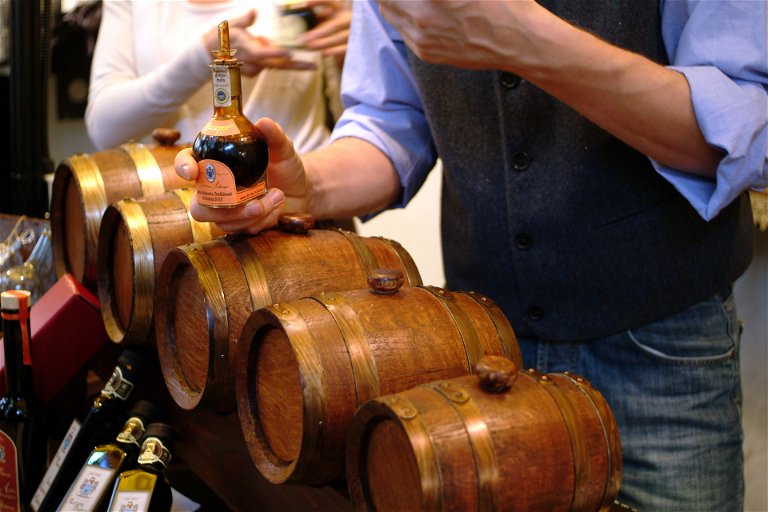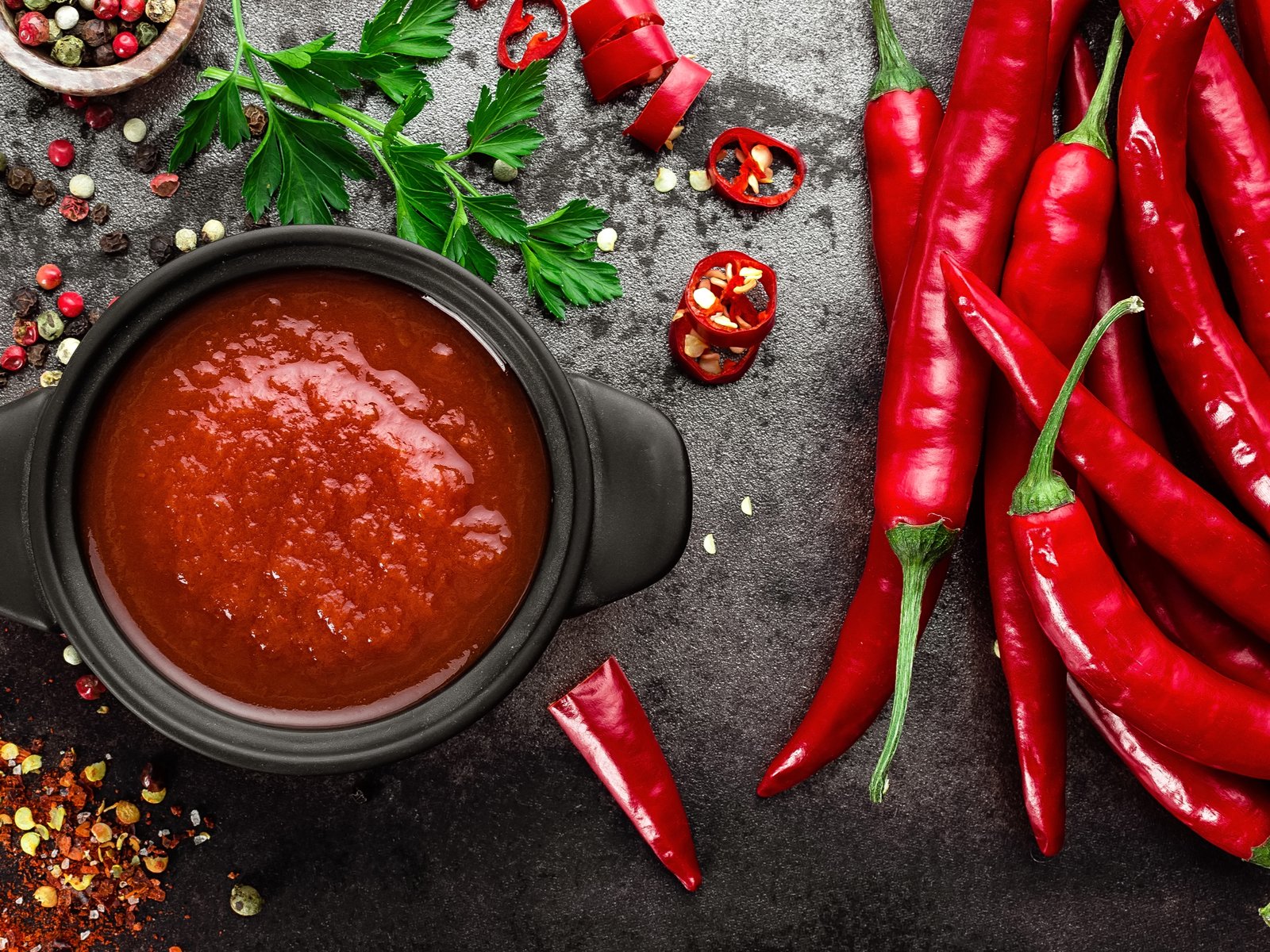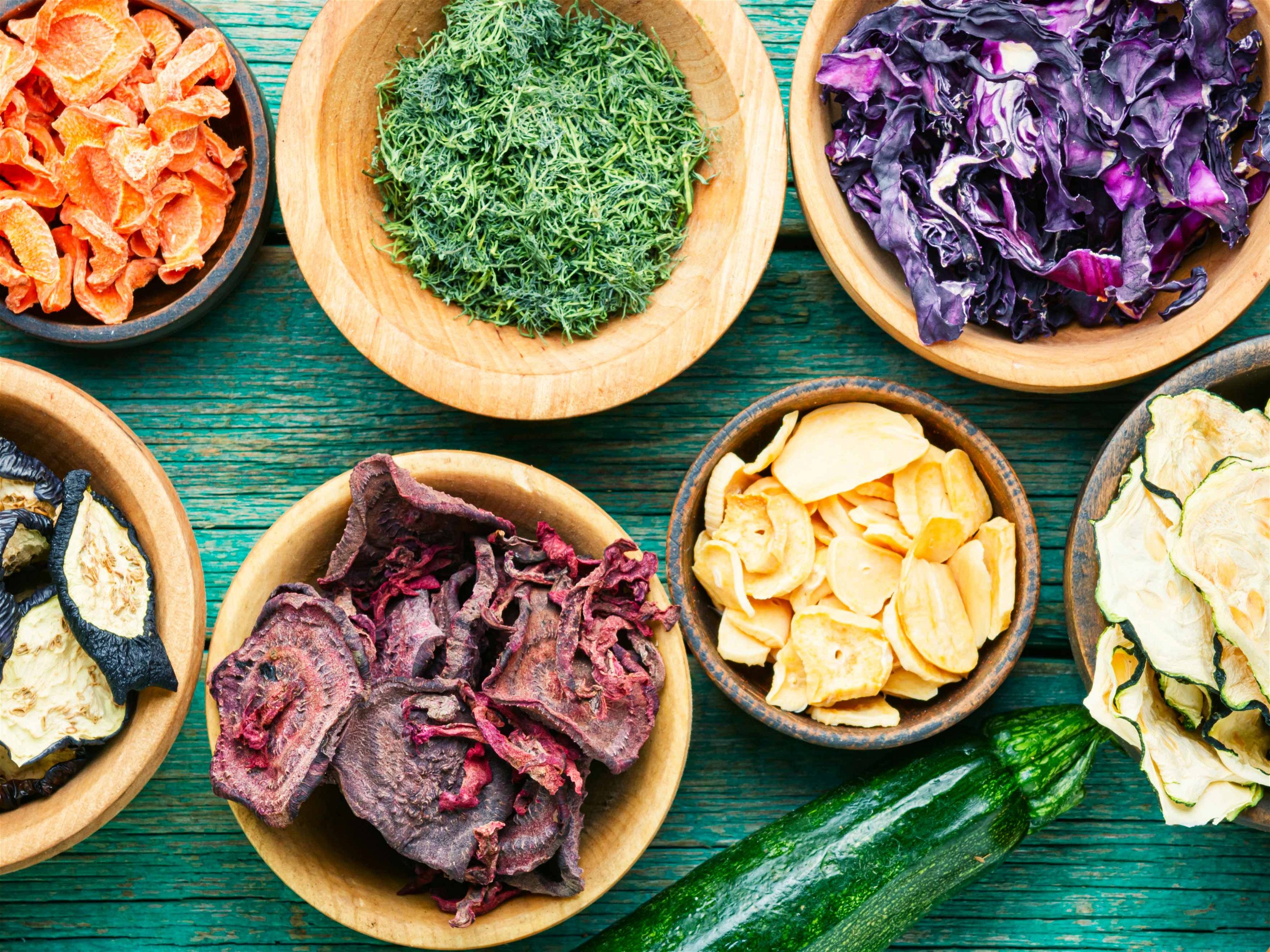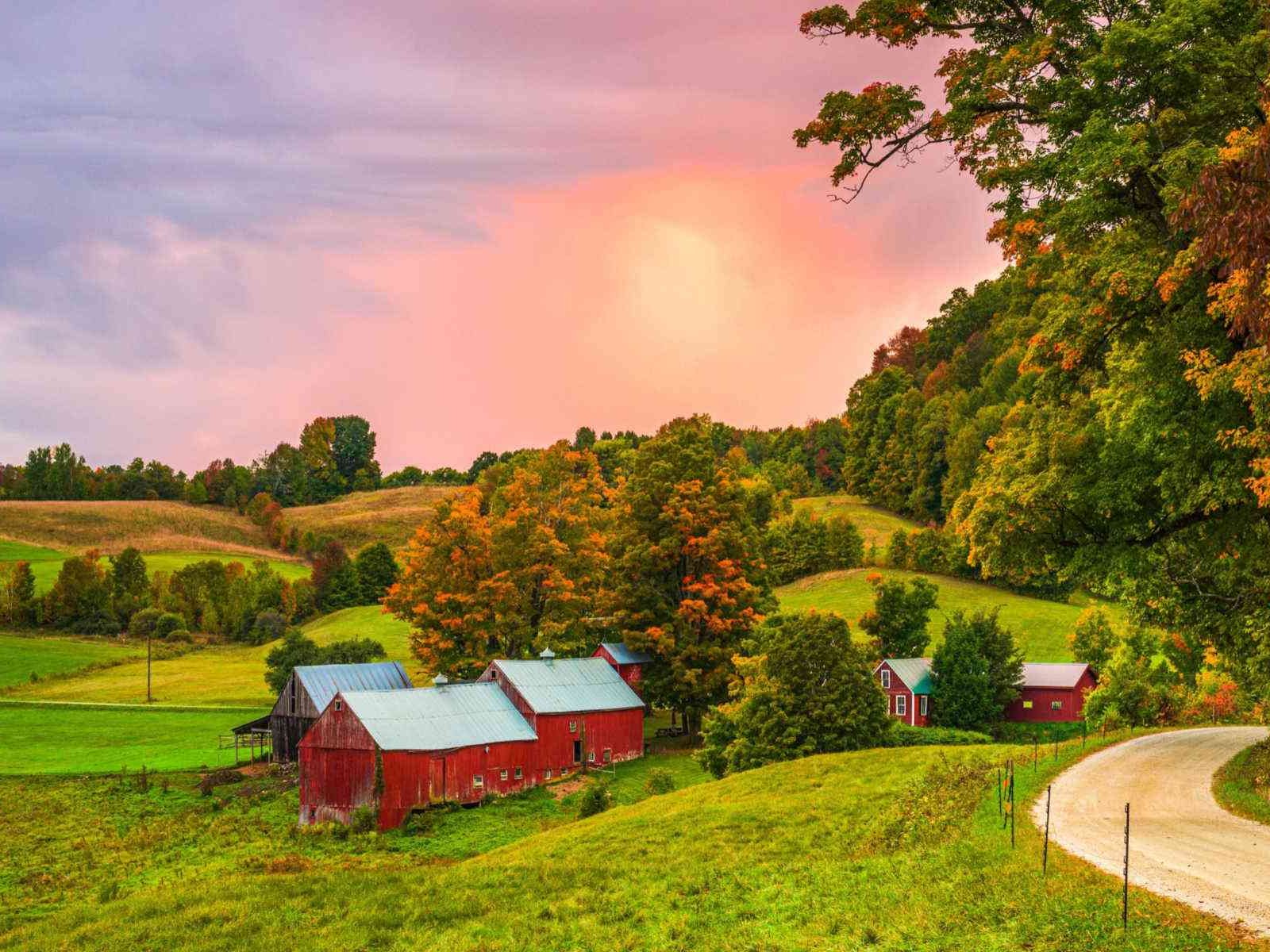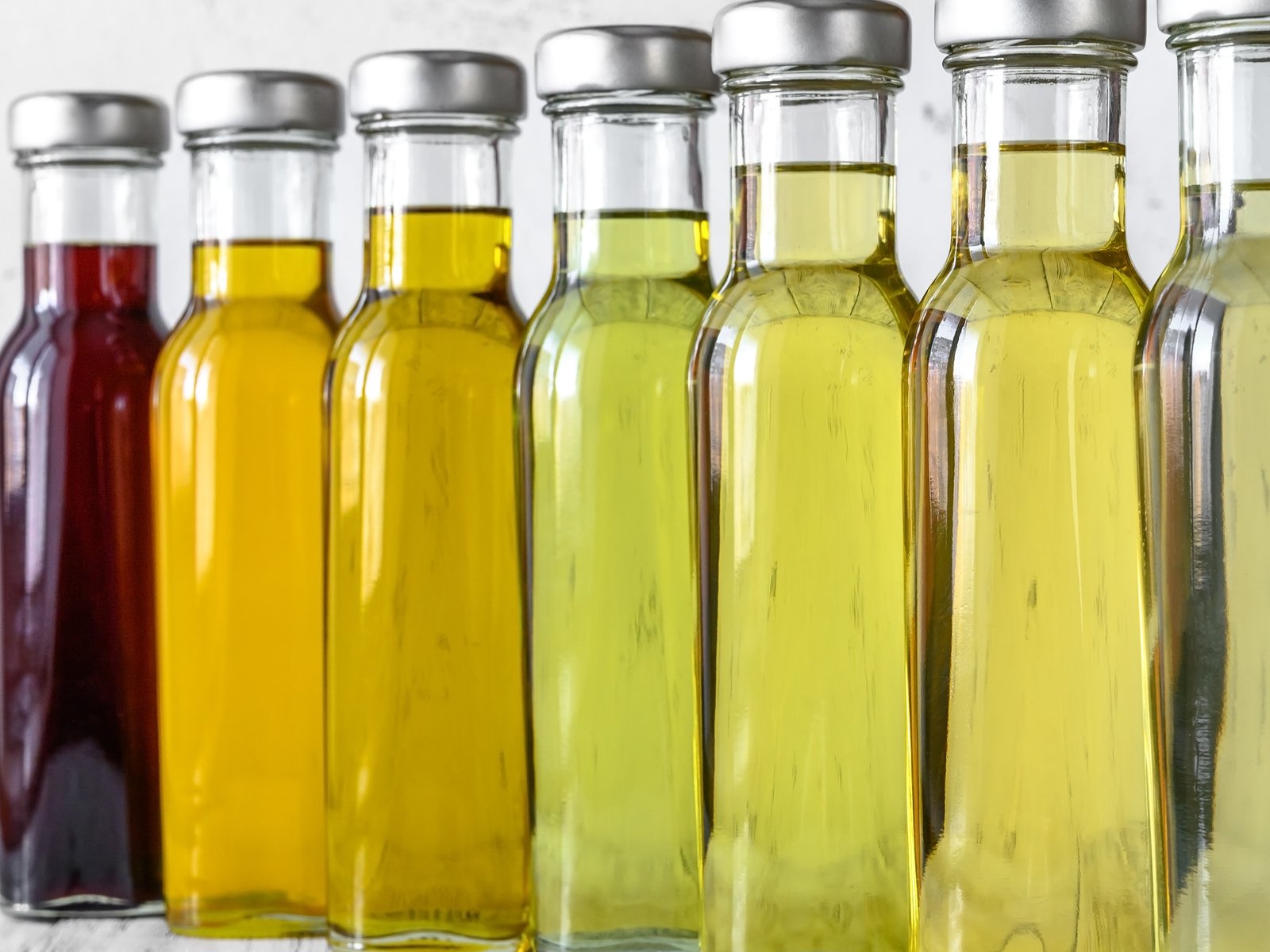Seven Things to Know about Traditional Balsamic Vinegar
Love the mellow sweetness of balsamic vinegar? Read on to find out what makes traditional Balsamic Vinegar unique!
Balsamic vinegar is probably the most well-known Italian condiment. It is used to flavour a wide variety of dishes from salads and meat, to sandwiches and even ice cream. But there is simple balsamic vinegar and then there is the real thing – Traditional Balsamic Vinegar comes with a protected designation of origin (PDO) and is the result of a complex process that is an important part of the culinary culture of the provinces of Modena and Reggio Emilia. Here's our cheat's guide to aceto balsamico tradizionale.
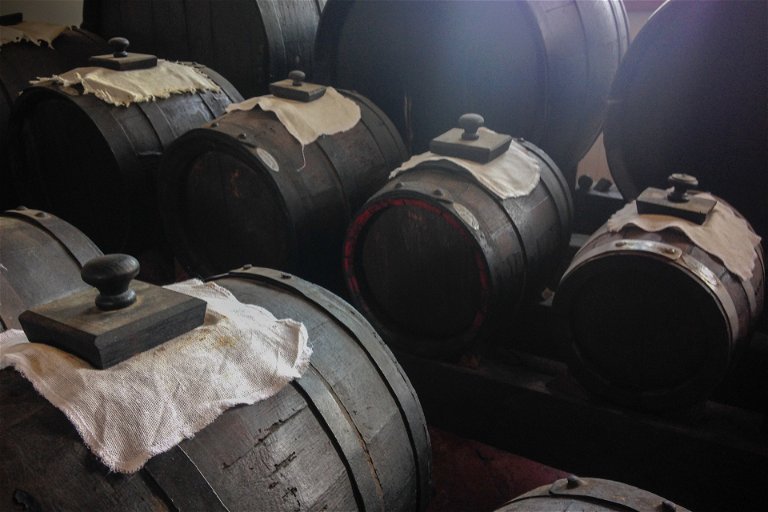
Aging
Traditional Balsamic Vinegar is aged for at least 12 years in a batteria, or battery, five to twelve wooden barrels of decreasing size made of oak, juniper, ash, cherry wood, chestnut and mulberry, each of which imparts a different flavour to the vinegar. The barrels range in size from 10 to 100 litres. At the end of every winter, around 10% of the vinegar is transferred from one cask to the next. This slow process, as labour-intensive as it is time consuming, explains the premium price.
The must
Traditional Balsamic Vinegar is produced only with cooked must from Trebbiano, Lambrusco and other grapes cultivated in the area. The grapes are pressed and the resulting must is cooked in October, shortly after the harvest. This is a slow process of evaporation that concentrates the grape sugars. The must is then kept in a tank, where the alcoholic fermentation starts, until the first months of the new year. Between February and March, the must is moved into a large old barrel called mother-barrel or abbess, where the fermentation continues, and where the resulting alcohol is transformed into acetic acid – and turned into vinegar via bacteria called acetobacter.
When a child is born...
Many families in Modena and Reggio Emilia produce Traditional Balsamic Vinegar for their own consumption. Each time a child is born, a new battery of barrels is started. In the past, a new battery was started only upon the birth of a daughter, because it was part of her dowry.
Attics
The ageing process takes place in ventilated attics exposed to the changing weather of the seasons: autumn fog, wintry cold, humidity and muggy heat in summer. Time and exposure mean that the vinegar continues to concentrate.
Never boil it
Traditional Balsamic Vinegar should not be boiled when it is being used in a dish. Instead it should be added at the end of preparation, preferably on warm food. That enables it to best release its rich, layered and mature flavours.
Noble gifts
From the 17th century onwards, the Dukes of Este, who ruled the provinces of Modena and Reggio Emilia until the unification of Italy, used to give Traditional Balsamic Vinegar cruets to nobles and kings across Europe, including the last Holy Roman Emperor Francis II and the last reigning Empress of Russia, Catherine the Great.
No caramel or syrup
Ordinary and cheaper balsamic vinegars have wine vinegar as their base but are given the sweeter taste and dark colour with addition of caramel or syrup.

